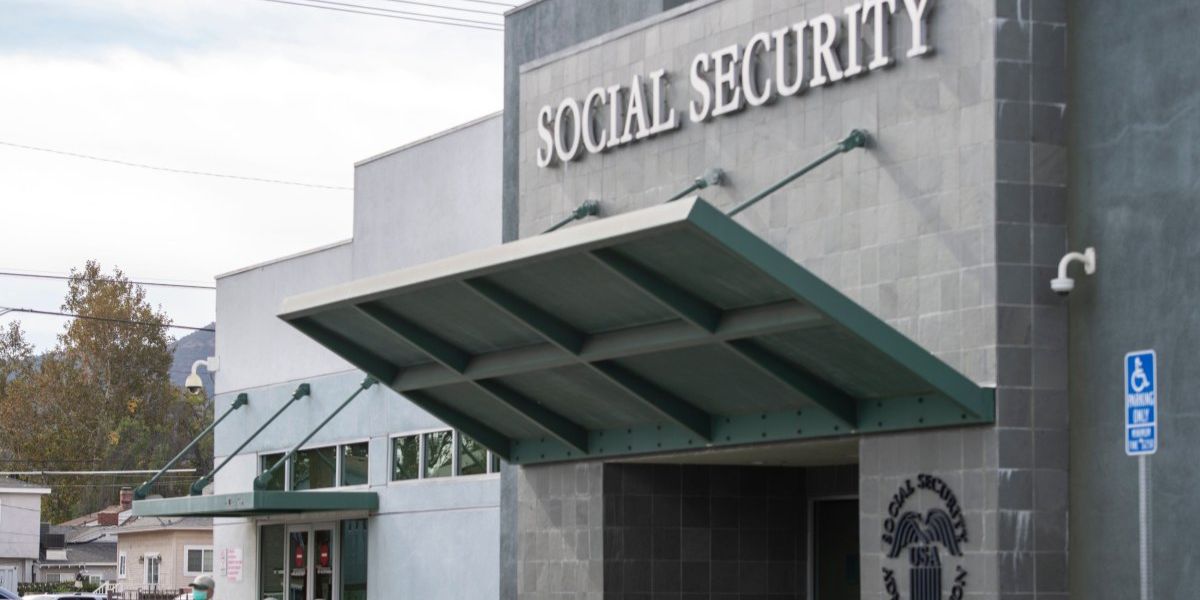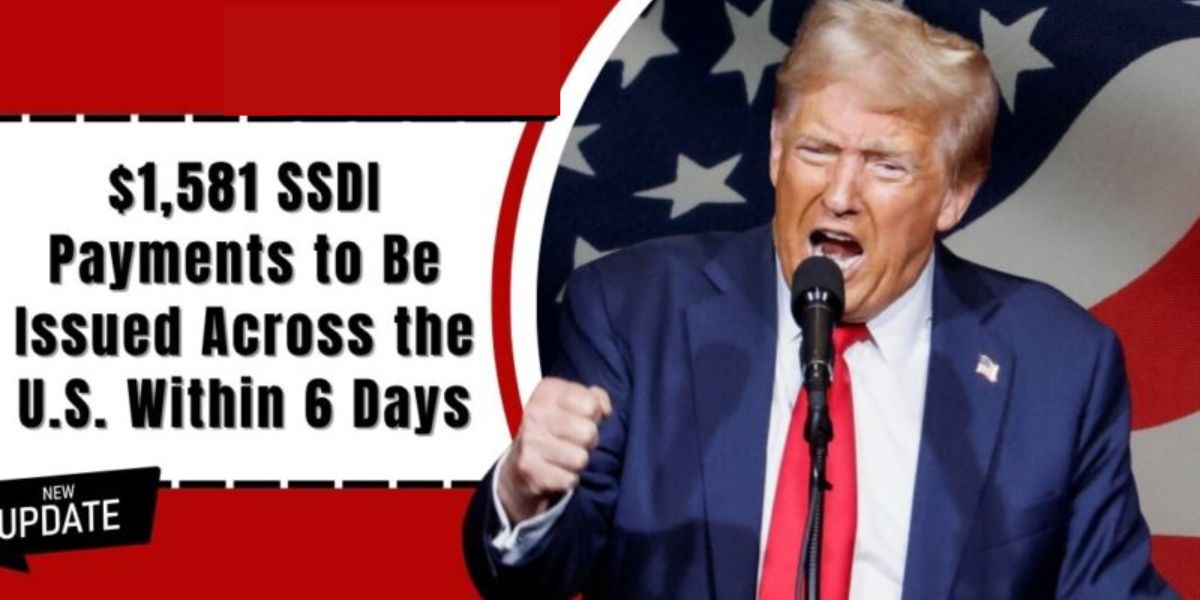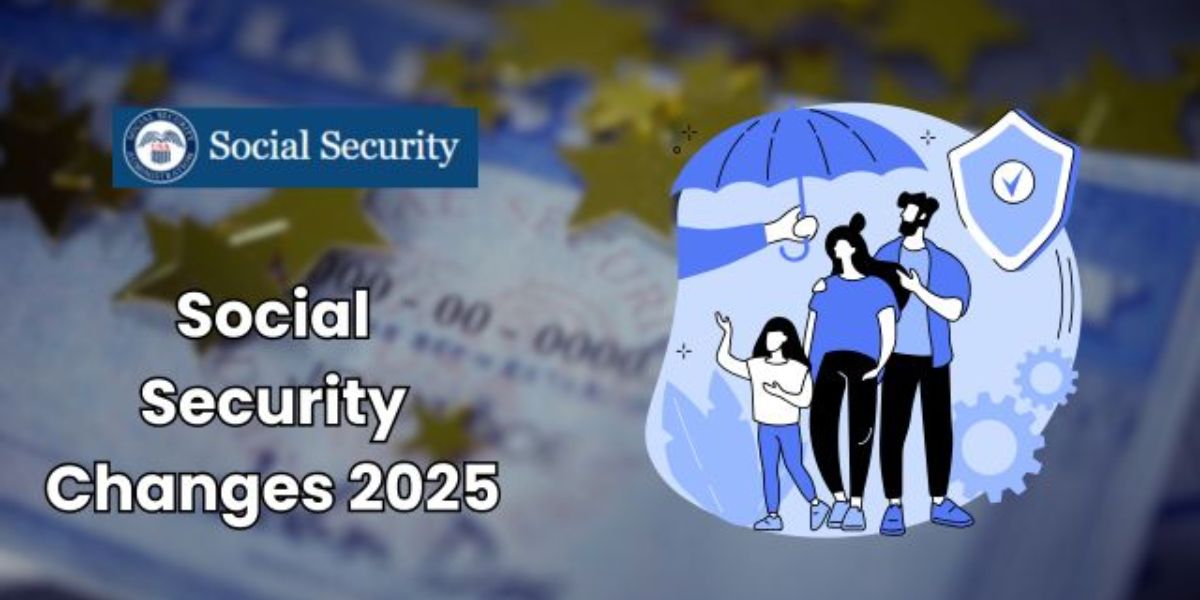Retirees in the United States are being “threatened”… Let us explain better. The federal government is getting ready to reactivate a mechanism that could cut up to 15% from Social Security payments for thousands of retirees. The reason will definitely surprise you: unpaid student loan debt.
Donald Trump’s administration will reactivate this controversial garnishment mechanism this summer. It especially affects older adults who were counting on their retirement as their only source of income.
Of course, this decision not only reduces the financial wiggle room for beneficiaries, but it will also shorten the advance notice period from 65 days to just 30. So, if you’re on the list, you’ll only have 30 days to prepare for the upcoming cut.
Who is affected by this measure?
Student loans aren’t just a “young people” thing, even though it might seem like they are. The number of borrowers over 62 rose by 59% between 2017 and 2023, reaching over 2.7 million older adults. Of those, at least 452,000 receive Social Security benefits and are at direct risk of garnishment, according to the Department of Education (DOE), with 9 million people behind on their payments.
The problem got worse after the payment pause declared during the pandemic. That temporary suspension left millions of accounts in delinquency, and now the government needs to recover some of that debt by cutting monthly payments to those who are not up to date.
It makes sense, but in practice it’s going to affect a lot of retirees.
How does garnishment work?
If a retiree receives more than $750 a month, they can see up to 15% deducted from their check. For example, if your monthly income is $825, the government can take $75 each month until the debt is paid. It’s not a huge amount, we know, but many retirees will have to manage carefully to make ends meet without struggling.
What options do retirees have?
There are at least two legal ways to avoid garnishment, and both are underused.
- If the beneficiary can prove they have a disability that limits their ability to work, they could get a full discharge of the debt. Since 2021, the SSA and DOE share data to automatically identify those who qualify, but the process is not automatic if the disability occurred after retirement age. In that case, it must be requested manually through the Consumer Financial Protection Bureau.
- The other option is to prove that your expenses exceed your income, which allows you to legally stop the cut. The problem: according to the GAO, only 10% of affected people try this route, even though 82% would qualify if they applied properly.
What can you do if you’re at risk?
If you have delinquent student loan debt and you’re already retired, the first step is to go to the official Department of Education website and check your status. From there, you can apply for forgiveness or exemption, if applicable, or get organized financially in case you have to pay.
Even though it’s an aggressive measure, the government needs to recover that “lost” money. Of course, it has sparked criticism among many sectors of the population, but it looks like there’s no going back.
If you have to pay, the best thing you can do is organize your monthly expenses and try to save as much as possible until you’re done paying what you owe and things go back to normal… good luck!
Key information:
- Issue: Garnishment of Social Security checks due to unpaid student loans
- Who’s affected: Retirees with student loan debt (over 62)
- How much?: Up to 15% of benefits if income > $750/month
- Notice period : Reduced from 65 to 30 days
- Avoid it?: Prove disability or expense income (most qualify but don’t apply)
- What to do: Check status on Dept. of Education site and apply for relief if eligible




